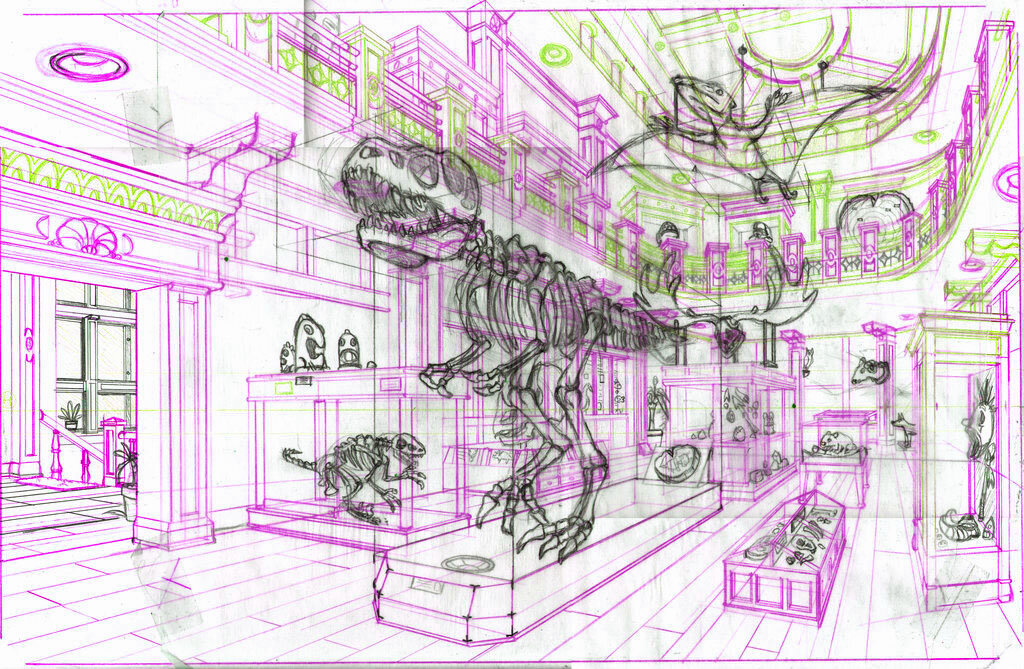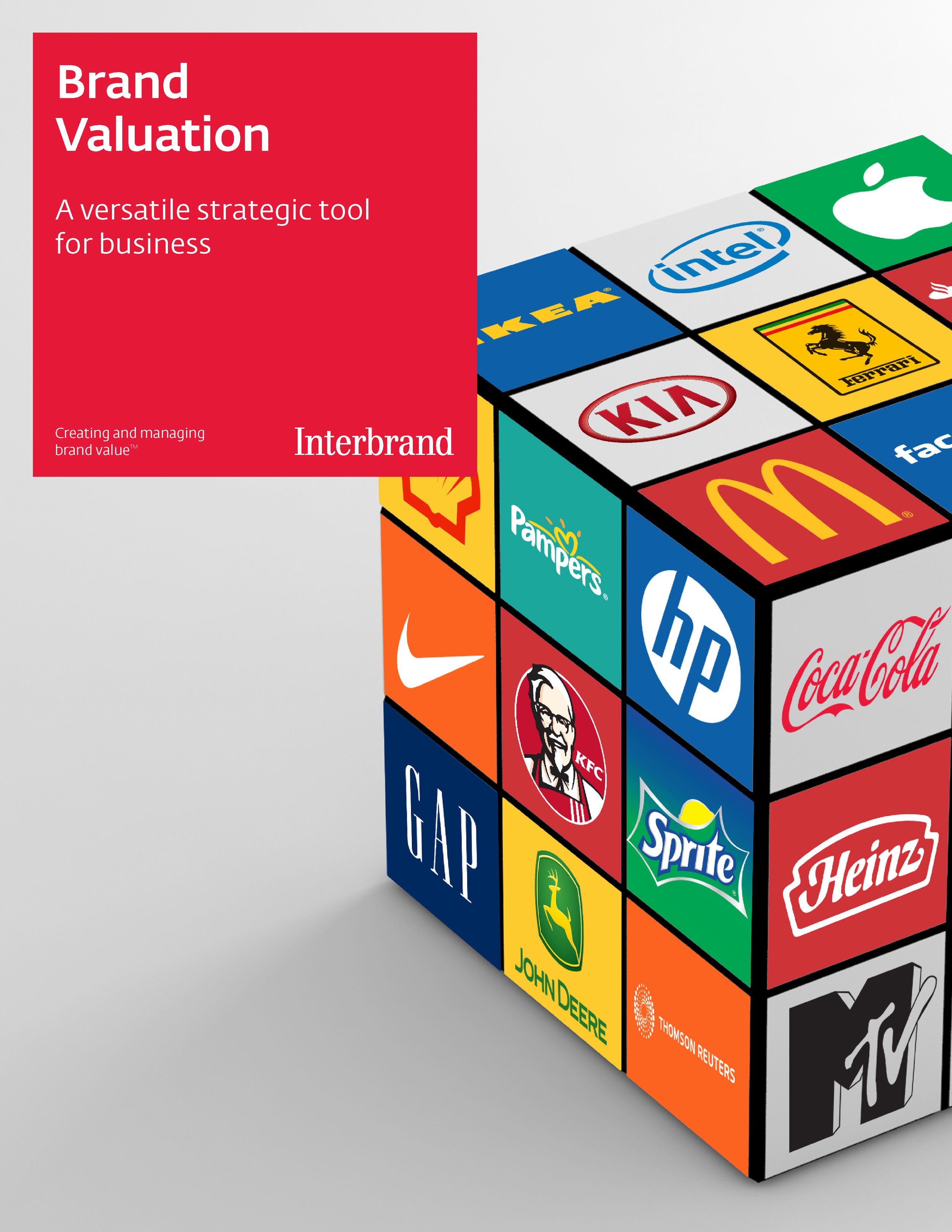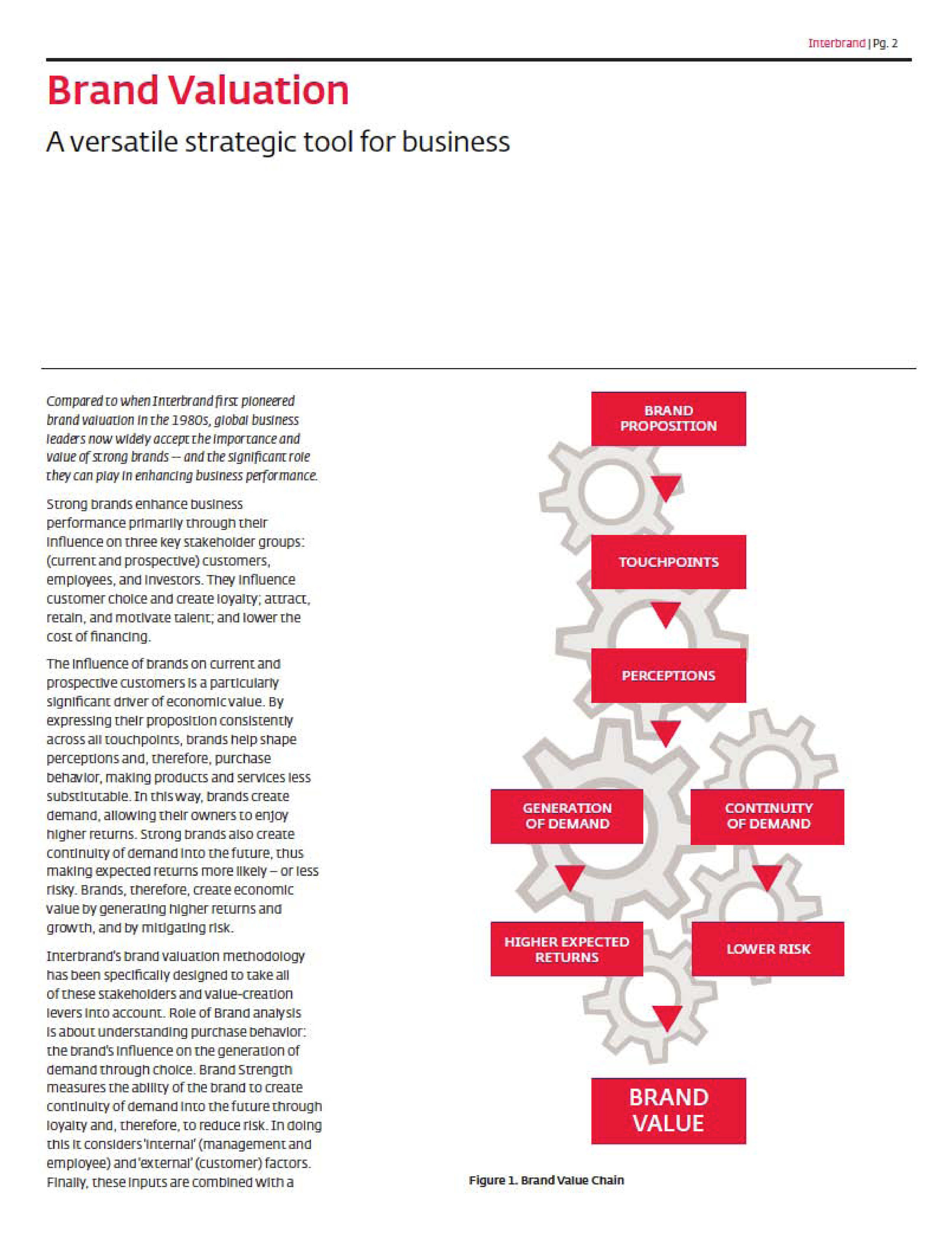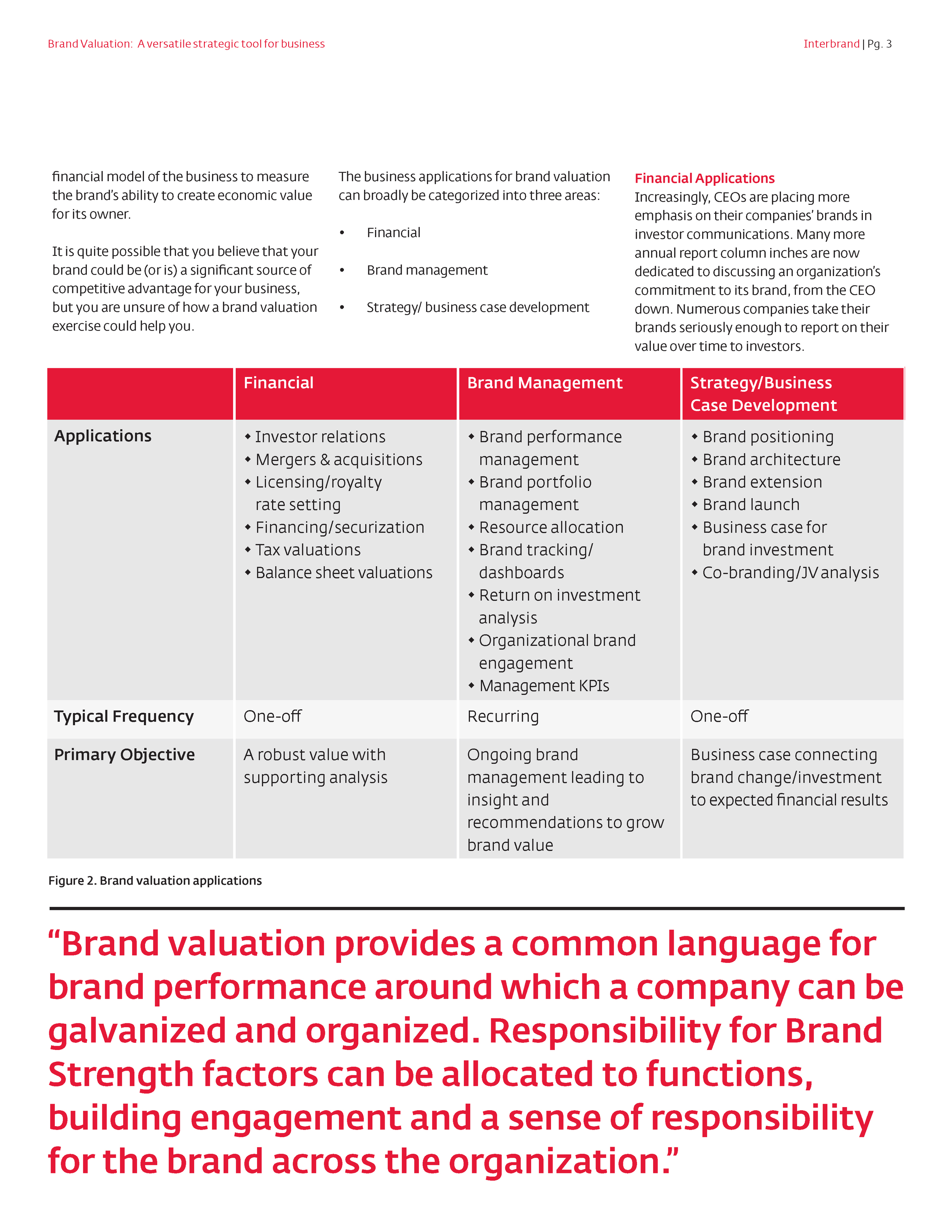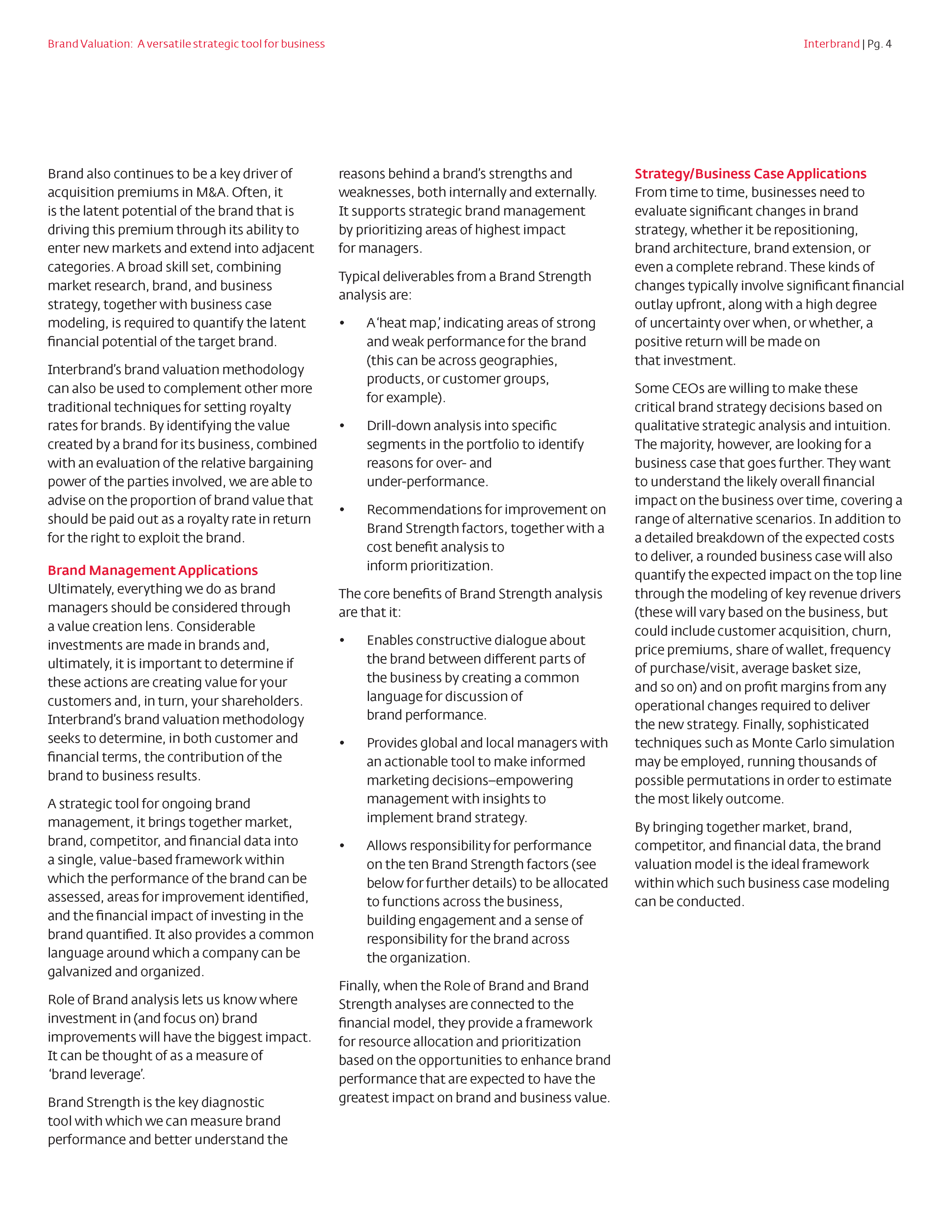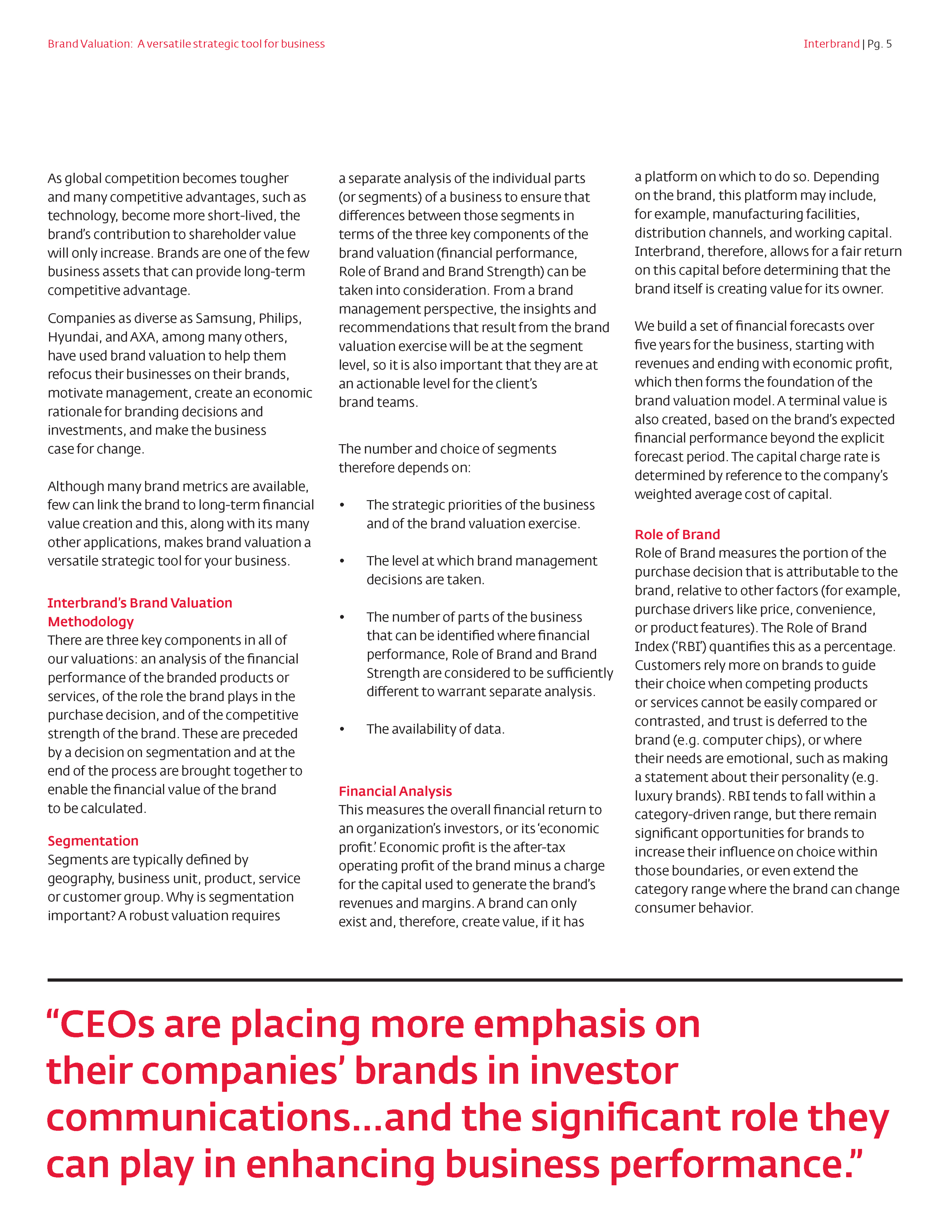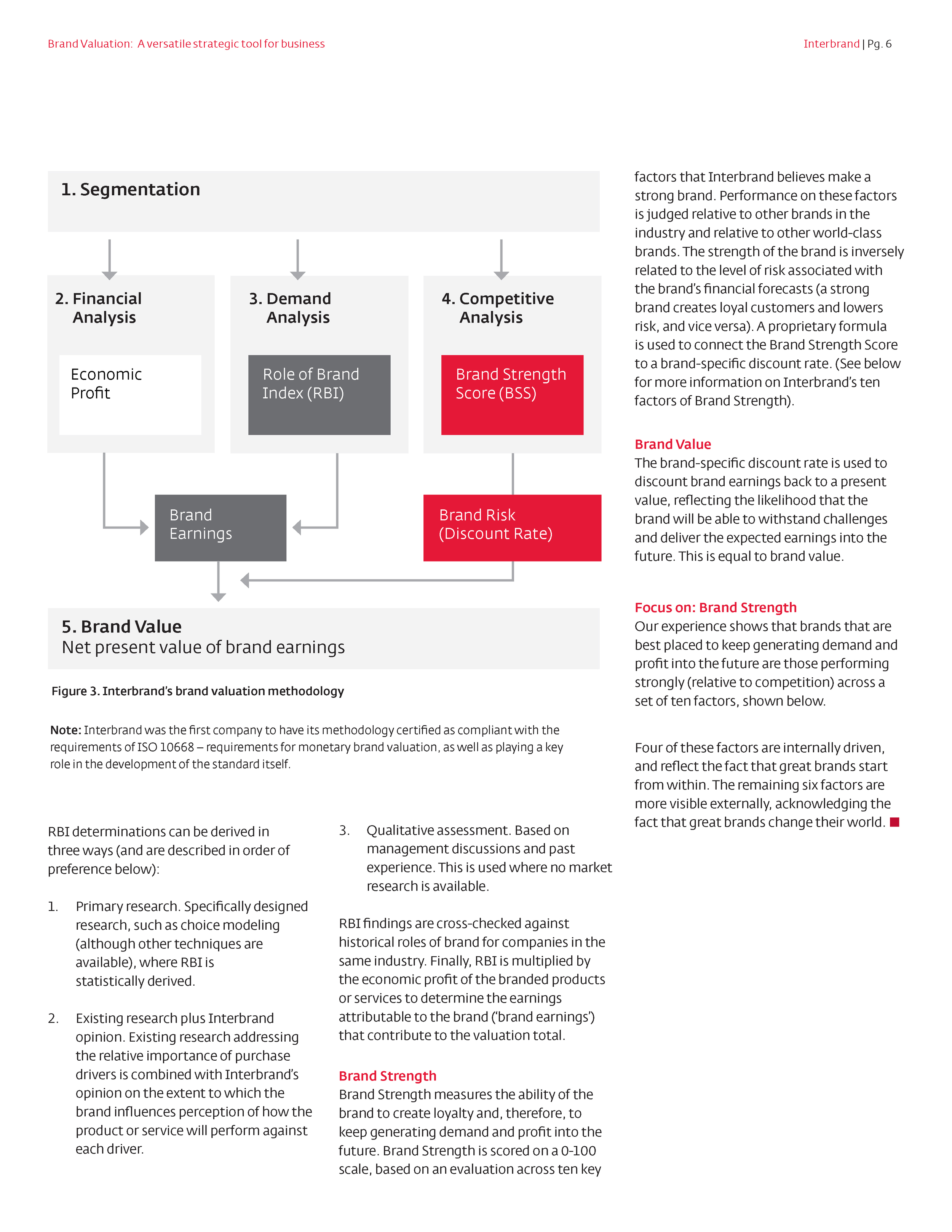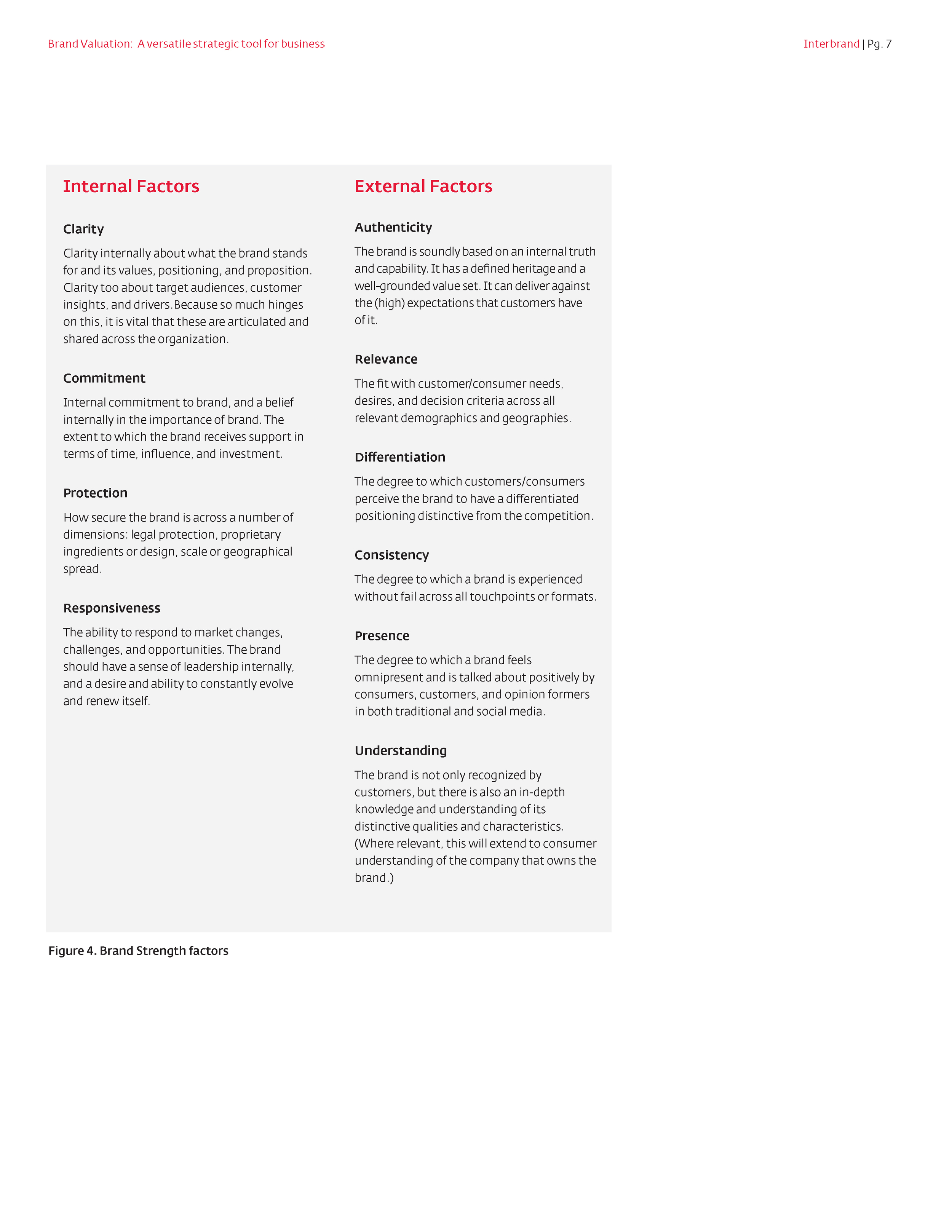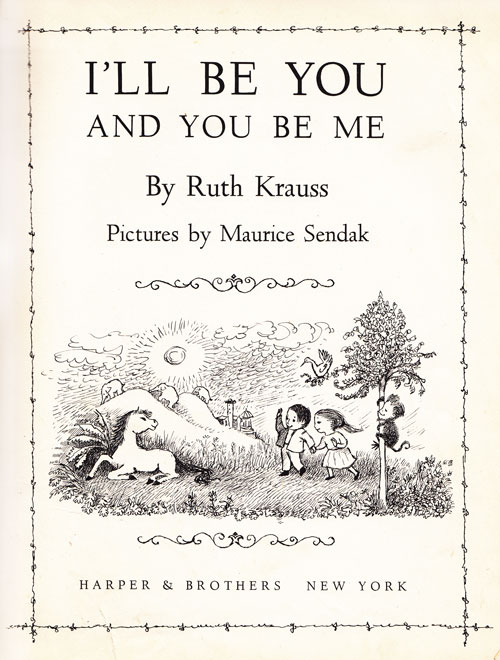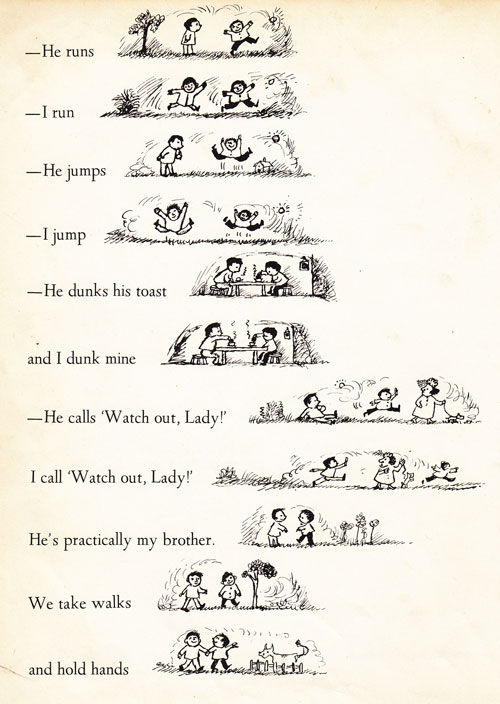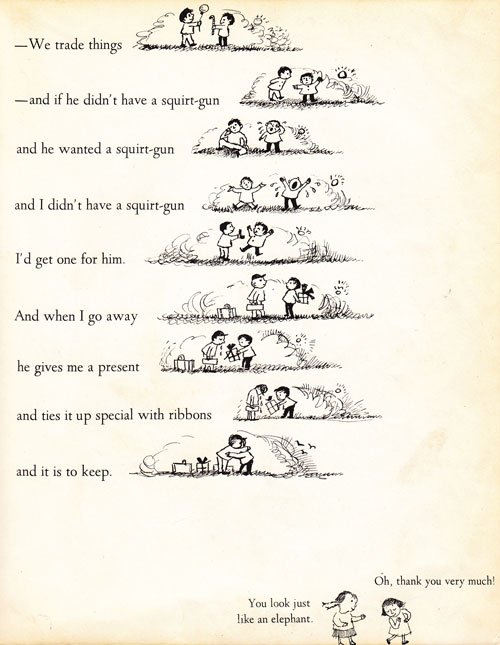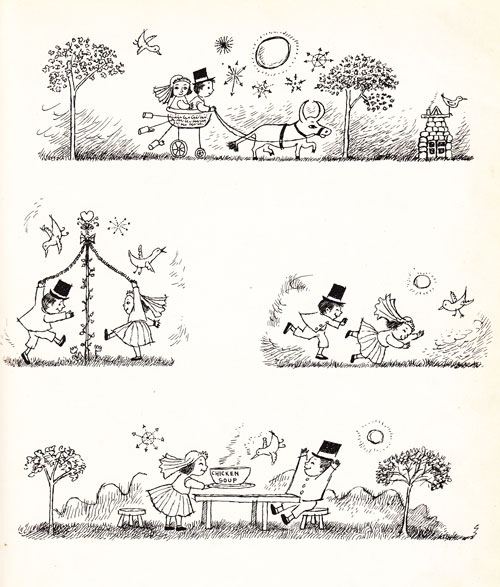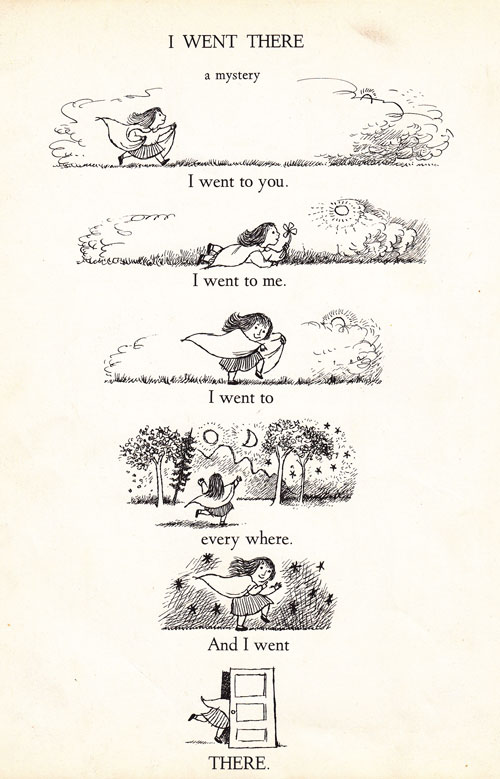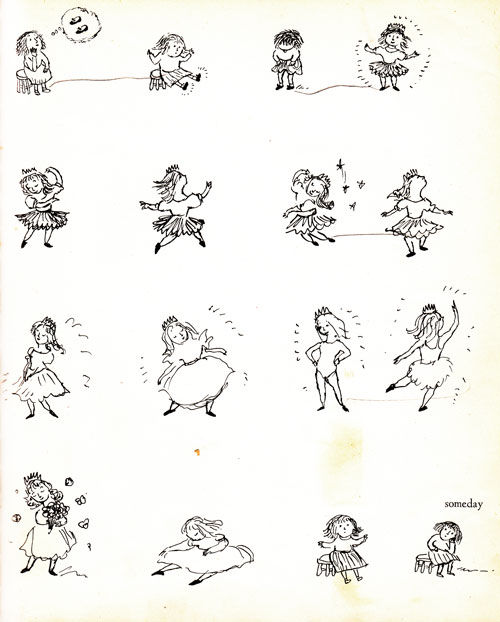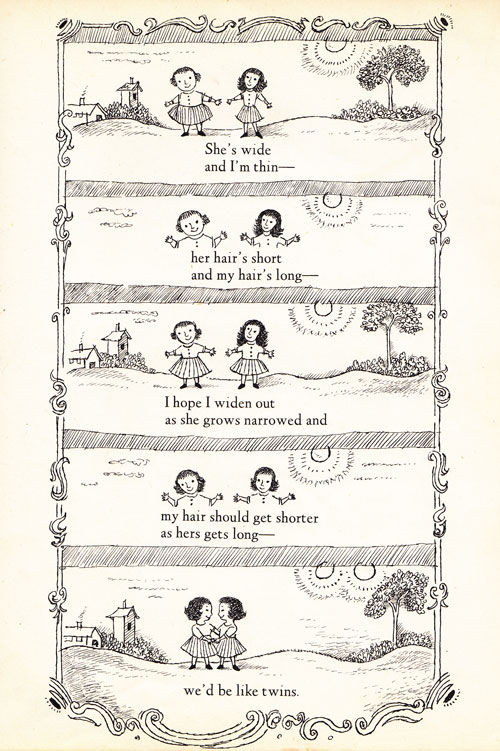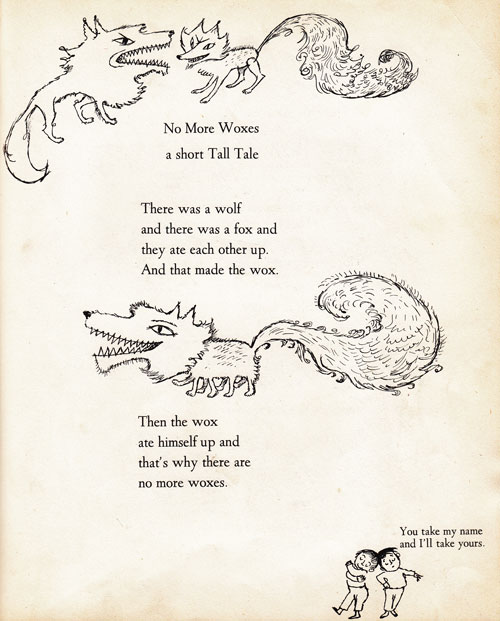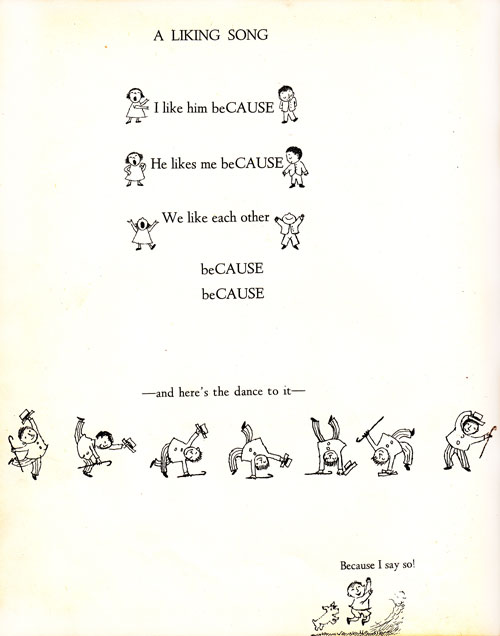Being a designer can often be tricky to explain.
Imagine you’re at a party and someone asks you the most common conversation-starter of all: “So, what do you do?” In mixed company, we may tend toward a general answer—”I’m a designer,” for example—and wait to be asked for more detail. At a party full of designers, though, we give much more specific answers.
In a room full of designers, you’re a Graphic Designer, Interactive Designer, Web Designer, User-Interface Designer, User Experience Designer, Packaging Designer, Industrial Designer, Interior Designer, Game Designer or something more abstract, like a Strategist, Planner or Branding Consultant. And once we’ve divvied up the design kingdom into our neat little taxonomy, we spend lots of time bickering over the boundaries between one kind of design and another. Which is why we’re likely to be pretty careful about how we describe ourselves around other designers.
Being either a specialist or a generalist has its merits depending upon whether you’re looking at the issue as an individual or as a company. Specialization will always give a business a competitive edge and can keep individuals in demand (provided their specialization doesn’t become obsolete), but a disciplined generalist will always enrich a company, no matter what its specialization. As far as individuals are concerned, you have an intellectually strategic edge as a generalist. You’re multidisciplinary.
Unfortunately, if a designer describes himself as “multidisciplinary,” another rolls her eyes and calls him an amateur. After all, multidisciplinary is a word you hear more often in academic settings than the marketplace. I think that’s bogus.
So here’s where I may be courting controversy: I believe that a designer who is not multidisciplinary on some level has no future. To back this up, let me reach back a ways…
In his fabulous essay on The Creative Process, Jacob Bronowski (the creator of the 1970s BBC series, The Ascent of Man, which you should watch) investigates the relationship between science and art and advocates for lots of mixing. I’m going to quote a bit from Bronowski:
“…science is an attempt to control our surroundings by entering into them and understanding them from the inside.”
While I’d prefer to eschew definitions of design, I’m comfortable with the idea that design is—at some level—engaged with the creation of the human layer of our world or, as historian of technology Thomas Hughes calls it, “the human-built world.” But that creative process is sustained by the cross-pollination from one area of practice to another. Bronowski continues in his essay articulating how scientists must be multidisciplinary—particularly engaging with creative pursuits—in order to avoid the “emotional immaturity” that leads them, inevitably, to “produce work which appeals to others like them, but which is second rate.” Designers can also get caught in echo chambers, motivated by peer approval and using client work as merely a means to that end. Perhaps it’s harsh to call work made in those circumstances second-rate, but it’s certainly limited by the bubble that surrounds it. To back up his argument for the value of a multidisciplinary approach, Bronowski invokes the Rennaissance:
“The Renaissance is still thought of as the rebirth of art, and only specialists are uncouth enough to link it also with what is at last being called, reluctantly, the Scientific Revolution. The accepted view of Greece and of the Renaissance is that they were the great creative periods of literature and art. Now that we recognize in them also the two periods in which science was born, we must surely ask whether this conjunction is accidental.”
As I read Bronowski, I can’t help but see design fitting just as well wherever the word “art” is used. When he goes on to expound upon the virtues of Leonardo—”the new man”—and the benefit rendered unto science by art as illustrated in his life, I can’t help but apply the same standard to today’s designer. Without “the artist’s sense that the detail of nature is significant,” Bronowski points out that the questions that prompted foundational theories of science would not have been asked. That sense, as well as the process of asking and discovering, makes for good design, too. Design has much to learn from the sciences; the practice of observation and testing, and the patience and diligence that make them possible, especially. But there’s also the regard for the physical world we live in—not just the virtual one—and a method for working with all of its elements. Bronowski concludes:
“A man becomes creative, whether he is an artist or a scientist, when he finds a new unity in the variety of nature. He does so by finding a likeness between things which were not thought alike before, and this gives him a sense at the same time of richness and of understanding.”
I am, in a sense, inverting Bronowski’s point that art has offered much to science, and seeing the same relative value that science has to design. But his idea is, without inversion, also present in today’s forward thinking designers, providing a necessary balance. They may be equally at home in the studio or the laboratory; just as keen to patiently gather data as they are to challenge it with a playful, imaginative notion. Intuition guides them, though intellect keeps them from getting lost despite themselves. Or in other words, Bronowski again: “We expect artists as well as scientists to be forward-looking, to fly in the face of what is established, and to create not what is acceptable but what will become accepted.”
Forward-thinking designers see the links between design and all that other stuff. Including of course, science, technology and a wide range of other interests. But the connections they’re willing to make between these other realms and design is not limited to just thinking. They put their hands where their minds are and make things, too.


